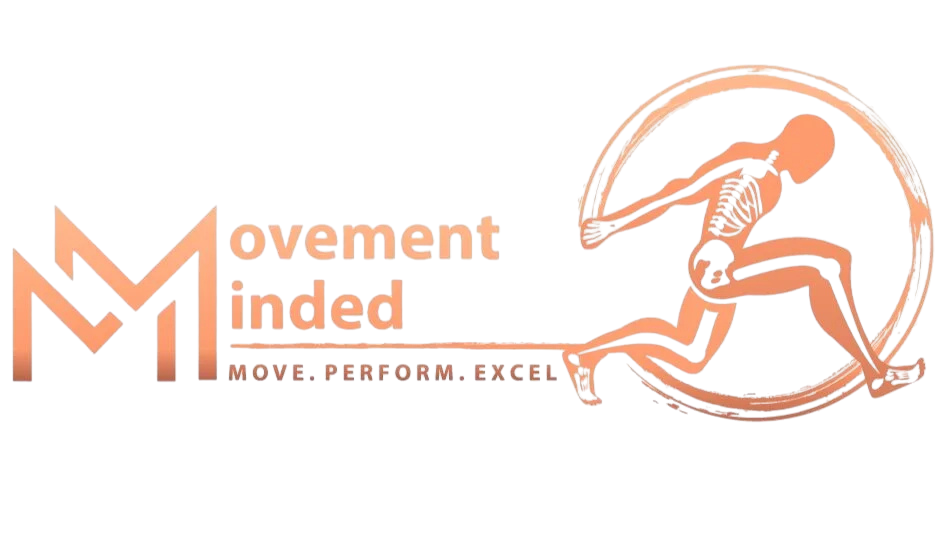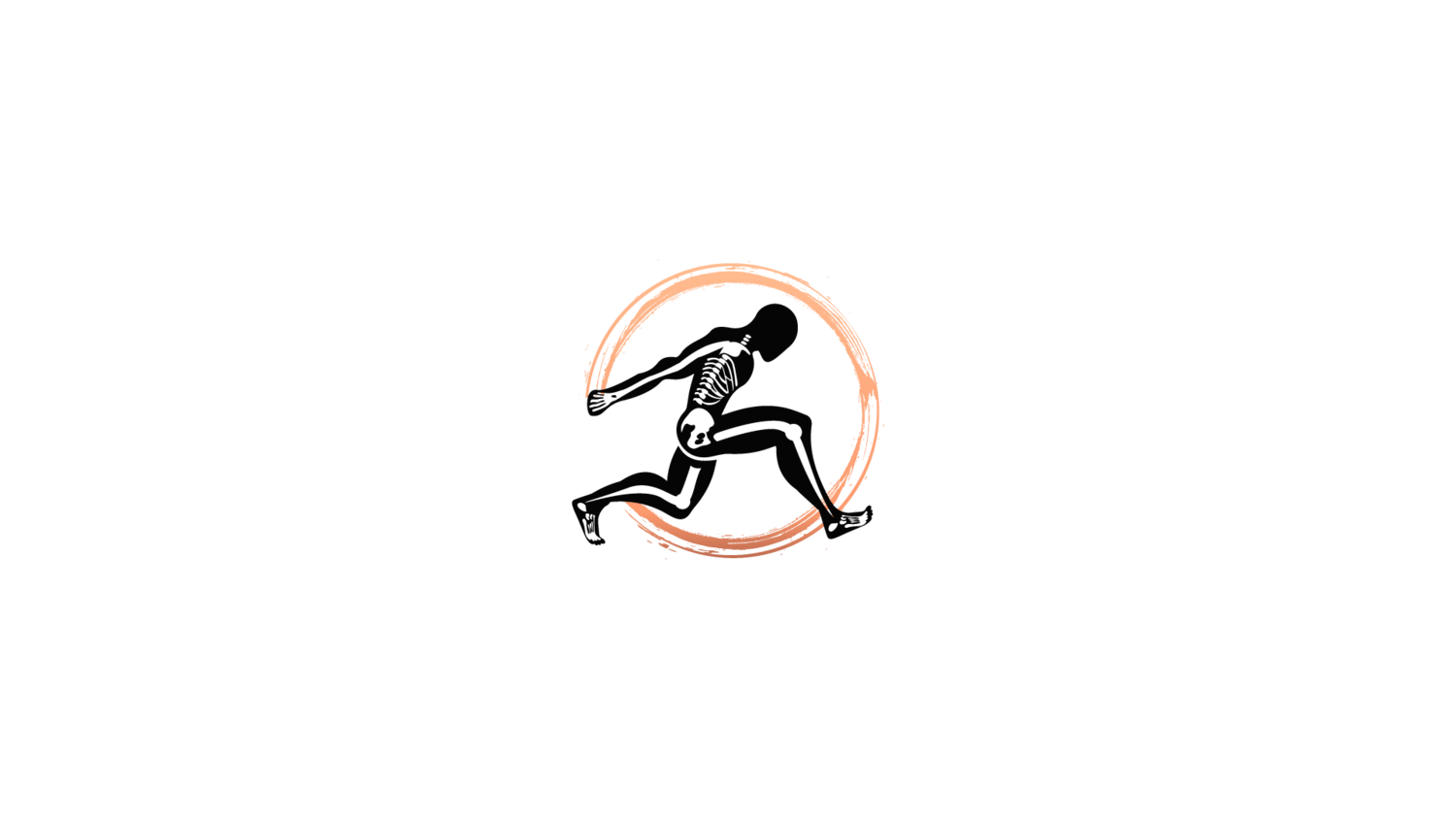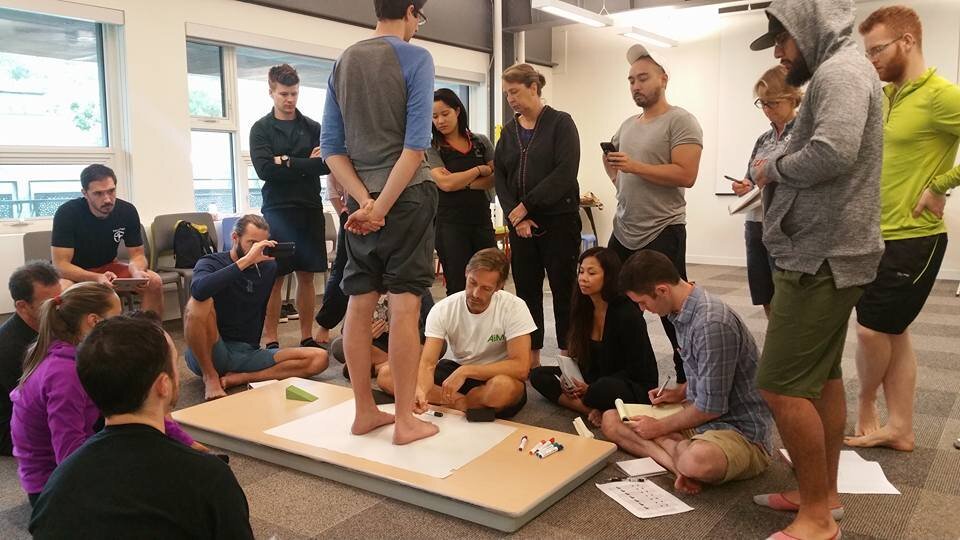Anatomy In Motion
Anatomy in Motion (AiM) was founded by Gary Ward. It started as a quest to understand the gait cycle and has evolved to a very powerful assessment and correction system based on human gait and foot function. The course work spans 6 days and consists of learning the motion in 3 dimension of every joint from the foot all the way to the skull.
I was first introduced to Gary Ward through a British television show called Dr. In the house with Dr. Rangan Chatterjee. In the show he was able to reduce the pain of a very skeptical low back pain sufferer. A man who has been to “everyone” he could to resolve his issues. Within a single session Gary was able to assess him, diagnose that a lot of his pain was brought on by his past injuries, and give him solutions to get rid of it. I signed up for the class right away.
Anatomy in Motion is one of those things that you cant unlearn. Once you learn all of the joint motions and muscles that are involved and the connections between them, you can never look at low back pain without checking the foot, knee, hip, neck, ribcage ever again. Every single client I work with is analyzed through the flow motion model.
The foot is the most forgotten about body part in rehab. Each foot contains 26 bones and 33 joints and more than 34 muscles. In an average lifetime we take around 200,000,000 steps which equals around 100,000 miles. That about as much as you need to walk around the earth at the equator 4 times. In physical therapy school we spent a day learning about the function of the foot. With your feet being the only two body parts the connect you to the planet, we need to focus on them more.
Most of the time foot issues are treated on a table with soft tissue work, manipulation, or orthotics. Seldom have I seen a therapist or physician work with someone standing and moving around. Another interesting point is that many foot exercises focus on strengthening muscles in the open chain, while the foot spends most of its time working on the floor in a closed chain manner. This never made sense to me. After I took Anatomy in Motion I realized we were approaching feet and human function from the wrong direction.
THE FLOW MOTION MODEL
The Flow Motion Model (FMM) is the underlying process of the Anatomy in Motion. Its a map of what every joint in the body does in 3-dimensions during a single step. In the 0.6-.8 seconds it takes you to heel strike and toe off the 306 joints in your entire body should access every possible joint movement available to them. Thats alot of movement in not alot of time. When someone walks in with chronic pain, the first thing I do is check their foot pressures and their gait. The flow motion model allows us to identify what is missing or mistimed, which then guides us to an intervention to resolve the issue.
The FMM usually leads us to an area that doesnt really bother the client. For example if someone is complaining for chronic right hip pain, the FMM might show that the left knee that they had surgery on cant rotate properly with when they are weight bearing on the left side. We take a deeper look into the knee, increase the rotation, and the hip pain starts to go away.
Anatomy in Motion has been a game changer for the way I practice and the results that I am able to with clients, but, the most important thing it gives clients is hope. I have seen too many people that thought they would be suffering with their low back pain for the rest of their lives. Every doctor, or therapist they have gone to focused on their back, MRI’s, and pain medications. The FMM gives me an opportunity to take a step back and look at the whole person. Identify why the low back is bothering them and help them get better. It has truly been one of the best continuing education experiences I have ever had.
For more information about Gary Ward and Anatomy in Motion https://findingcentre.co.uk
Gary’s website has resources and more information about the process.
Want to see if Anatomy In Motion (AiM) can help you get rid of your chronic pain? Fill out the form below.




